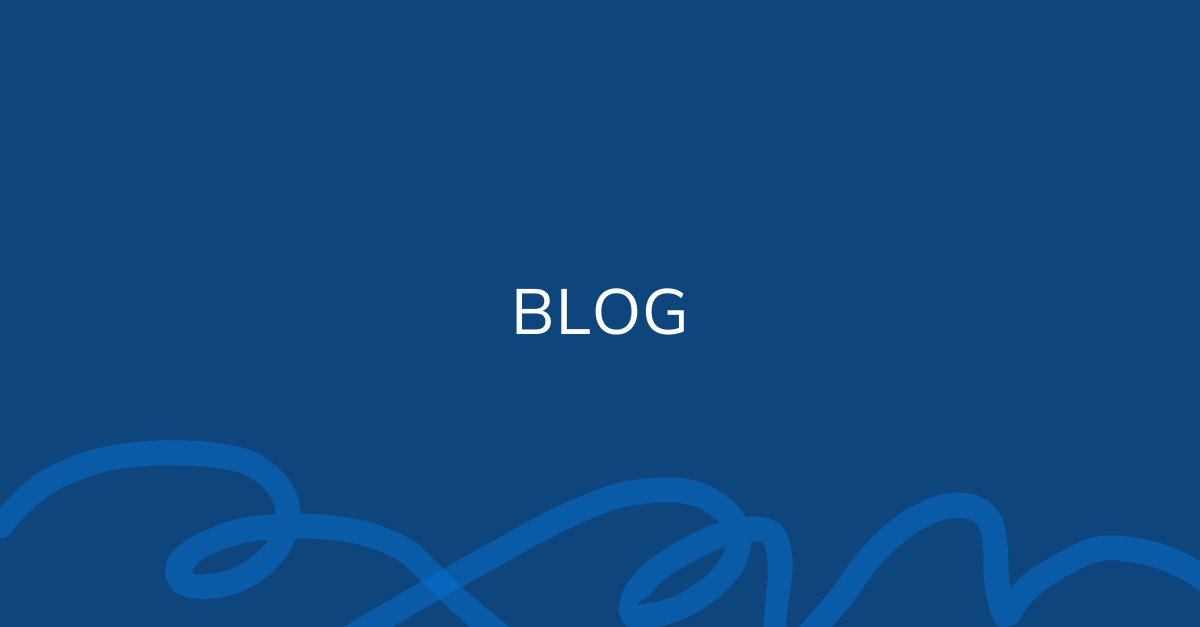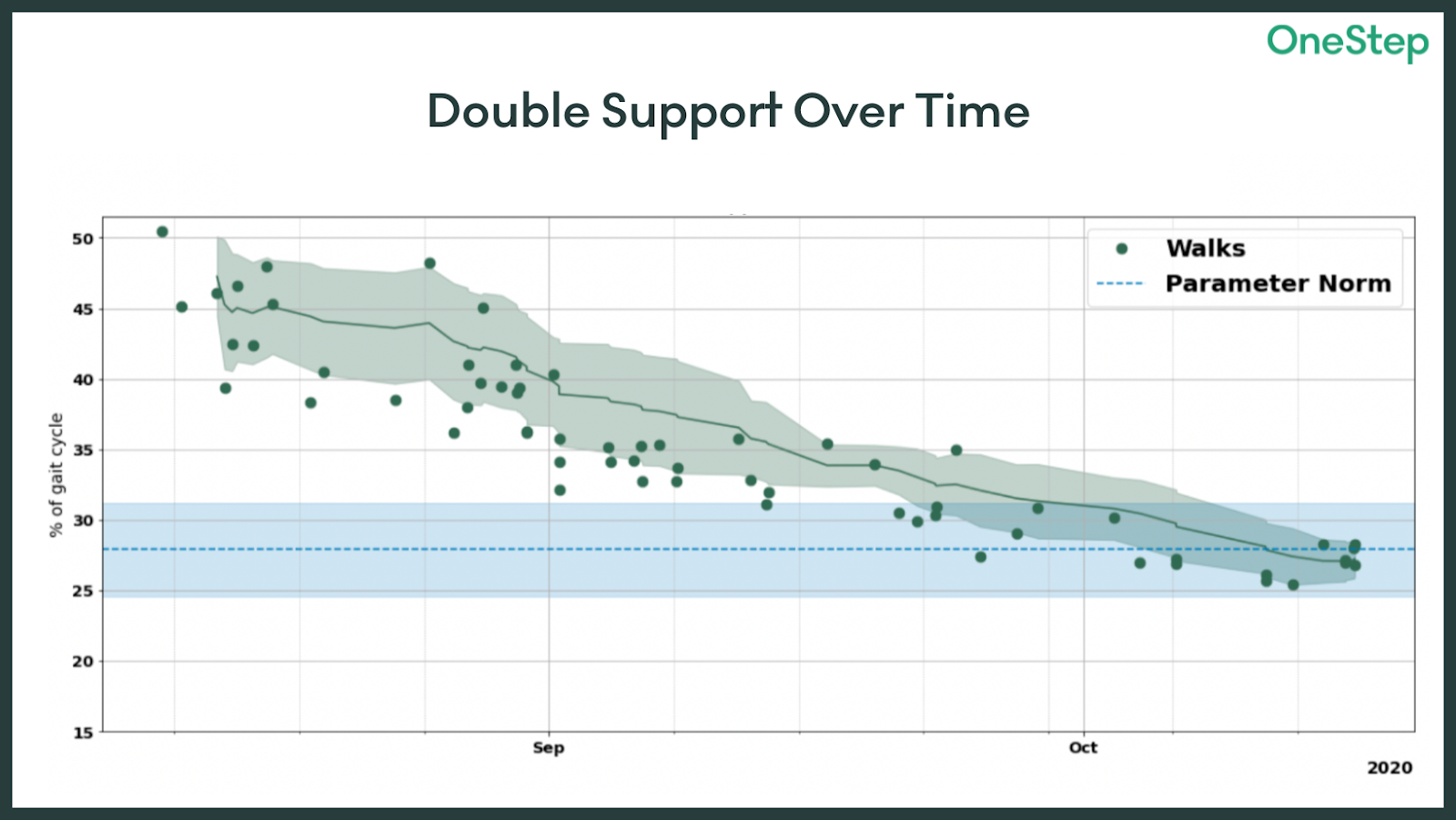
Population health is defined as "the health outcomes of a group of individuals, including the distribution of such outcomes within the group."1 Observing trends to understand and improve the health status and functional outcomes of a specific community can be a daunting task – since one must have a way to capture and analyze data of larger populations as opposed to reviewing the results of a single patient. However, with the right technology, this data yields remarkable insight and can help drive significant clinical outcomes at both an individual patient and larger population level.
In order to best serve your patient population or community, you must first understand its needs. Perhaps you want to assess protocol adherence, physical activity levels, fall risk, intervention efficacy, or post-operative outcomes on a large scale. Collecting this data from your entire patient community can shed light on areas with opportunities for improved outcomes or interventions. Furthermore, you can implement new treatment protocols, preventative programs, wellness efforts, or other interventions to objectively gauge their effectiveness within the entire population or across specific demographics. This drives innovation and establishes a framework for the application of evidence-based practice.
On an individual level, comparing patient progress to normative data helps identify rehabilitation trajectory on an appropriate timeline compared to others in a similar cohort. This can facilitate more meaningful and informed plans of care. This approach has application across multiple care settings including outpatient clinics, skilled nursing facilities, home health organizations, acute care hospitals, and rehabilitation centers.
Collecting large subsets of patient data and finding the time for analysis is a barrier to utilizing population data. Luckily, OneStep has done the heavy lifting for your organization.
Gait Analysis
OneStep’s gait analysis database consists of over 50 million gait cycles from a wide variety of patient demographics and diagnoses. Every time a user takes a walk with OneStep, their gait data is added to the world's largest gait database. OneStep is able to use this database to calculate normative data for each gait parameter within the general patient population. Additionally, this allows observation of normative parameter values and gait trends among specific patient demographics such as gender, age, height, weight, and more. Data at this level also has the potential to be further specified to identify gait trends among those who have had particular surgeries, sustained injuries, similar medical diagnoses, and received other interventions. With precise and matched cohort comparison, it becomes easier to create highly-personalized, evidence-based, and targeted recovery goals.
The graph below demonstrates an example of how OneStep can display population and demographic norms along with an individual patient's data for a given parameter compared to the population norm trended over time.

Fall Risk Assessment
OneStep’s technology monitors changes in a patient’s gait over time and is able to identify when there are trends that indicate an increased risk of falls. OneStep captures and individual patient’s gait and mobility trends and presents it to providers via a comprehensive dashboard. Providers can easily glance at their patient roster and determine which patients are at an increased risk for falls. This offers quick, actionable insight pertaining to which patients and how many patients require fall risk intervention. This type of data is particularly valuable for implementing and gauging the efficacy of fall risk prevention programs.

Patient Adherence
The OneStep platform automatically captures each time a patient actively engages in their plan of care including completing their daily exercises, going for a walk, or completing an in-app outcome measure. Providers can observe trends in patient adherence and implement automatic notifications prompting patient engagement or reach out to individual patients as needed. They can also track levels of adherence over time, potentially identify particular time frames when adherence drops, and intervene proactively to ensure patients remain motivated and engaged throughout the entirety of their plan of care.
Physical Activity Levels
Since OneStep does not require the use of wearables and turns any smartphone into a 24/7, clinical-grade motion analysis lab, providers receive insight into a patient’s movement activity during their everyday life. Providers can also track how active a particular demographic is or the entirety of their community by analyzing the amount and duration of background and in-app walks, along with the completion of daily exercise courses.
Functional Mobility and Patient-Reported Outcome Measures
Patients are prompted to complete functional mobility assessments (such as the Timed Up And Go (TUG), Sit to Stand (STS), and more) within the app on a regular basis. Additionally, patient-reported outcome measures (including the Lower Extremity Functional Scale (LEFS), Falls Efficacy Scale (FES), and more) are routinely answered, scored, and collected via the app. Providers can also request customized questionnaires to easily gather desired insight pertaining to particular patient demographics or the entire patient population for deeper understanding or even clinical research.
Using OneStep’s ability to collect large data sets, providers can observe trends in their patient populations, implement targeted interventions such as personalized education efforts, and then monitor subsequent behavior change. Using this technology, providers have a greater ability to not only identify concerns among their patients but facilitate meaningful lifestyle changes that offer long-term results. Instilling healthy habits and personal autonomy is foundational to improving the overall health and wellness of your patients – a component of the plan of care that can be easily overlooked without the right tools.
Ready to start looking at your patient populations through a more detailed lens for better clinical outcomes – without any additional work on your end? Get in touch with us for a personalized demo.
Resources:
1. Kindig D, Stoddart G. What is population health? Am J Public Health. 2003 Mar;93(3):380-3.